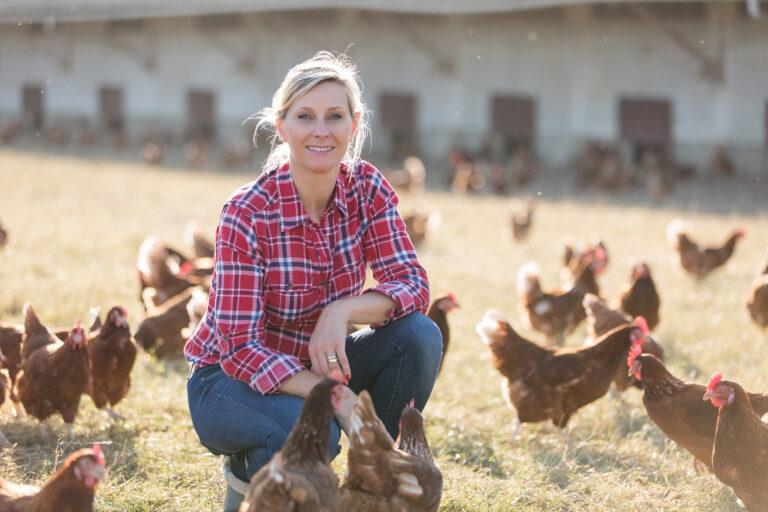Researchers collected data from 962 fecal samples over 3 years and analyzed the effects of landscape, weather, wild bird-poultry interactions, and farm management on the prevalence of Campylobacter spp.
Results showed that husbandry practices in open environments, such as flock size, poultry age, density, and pasture area, can influence the spread of Campylobacter spp. Larger flocks and higher densities magnify spread, while rotational housing practices can reduce exposure by moving flocks away from contaminated soils. However, small farm areas can negate the disease-reducing effect of rotation if contaminated soil is unavoidable.
Poultry species are prevalent in poultry flocks worldwide and keeping poultry outdoors increases the risk of introducing pathogens into the flock. The intensification of agriculture and the expansion of arable land increases the risk of poultry exposure. Wild birds, which are reservoirs of Campylobacter spp., can introduce the bacteria into flocks. Environmental factors, such as high wind speeds, can also affect disease risk through the spread of pathogens from surrounding landscapes.
Campylobacter spp. are a major cause of foodborne illness worldwide and also in the EU, along with Salmonella spp. Member States collect monitoring data on Campylobacter under Directive 2003/99/EC on the monitoring of zoonoses and zoonotic agents, and a regulatory limit (microbiological process hygiene criterion) was set on Campylobacter for broiler carcases.
Consumer preference for organic and ethical products (e.g. regarding animal welfare) has led to an increasing demand for poultry products from open environment farming. Thus, it is important that poultry farms follow strict biosecurity practices to protect flocks.
This study provides valuable insight into the impact of different factors on the prevalence of Campylobacter spp. in open environment chicken production systems, which can inform farm management practices and contribute to public health outcomes.

